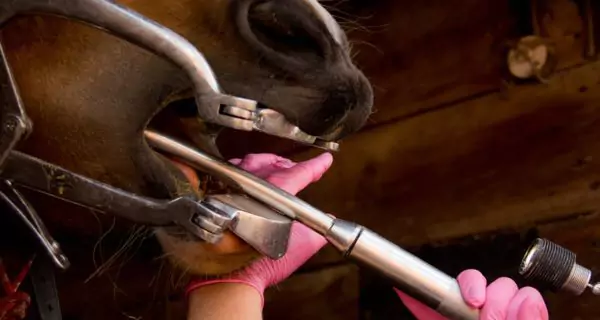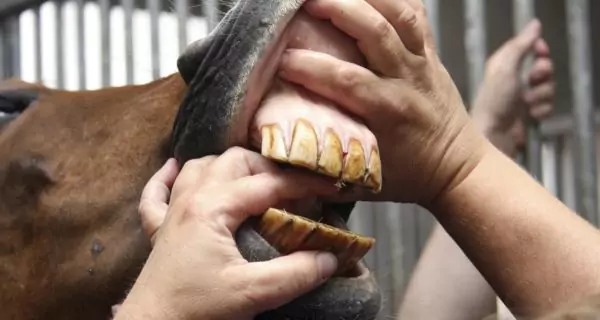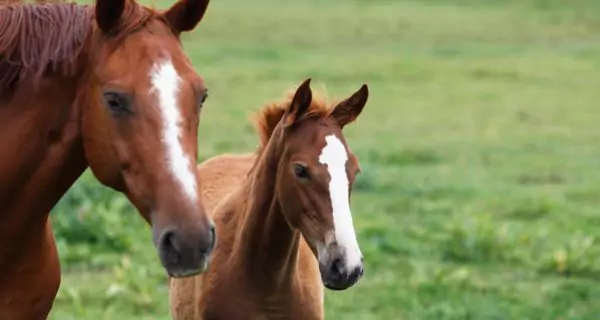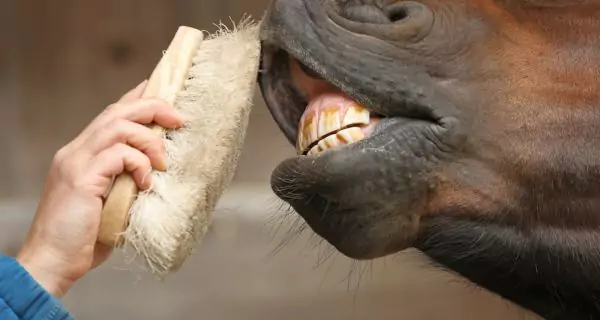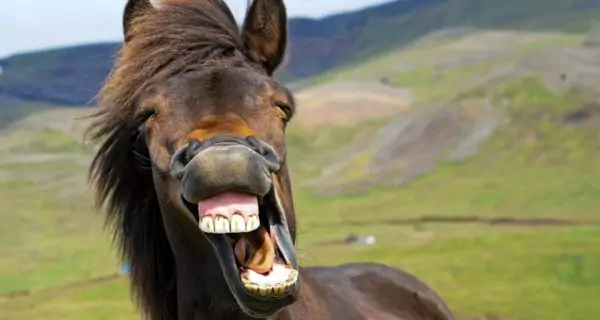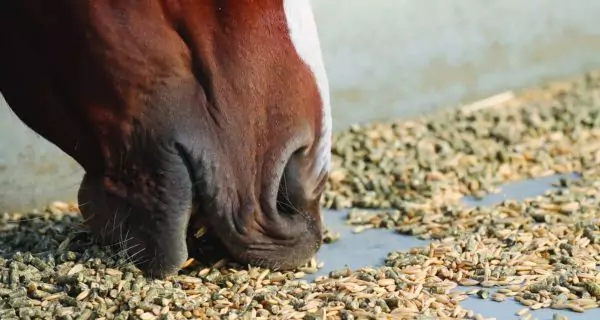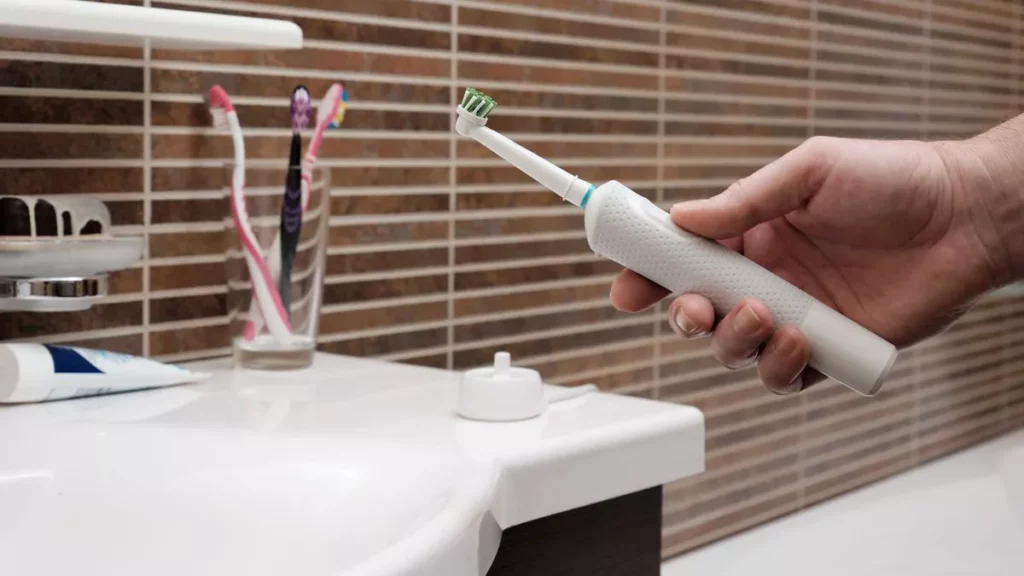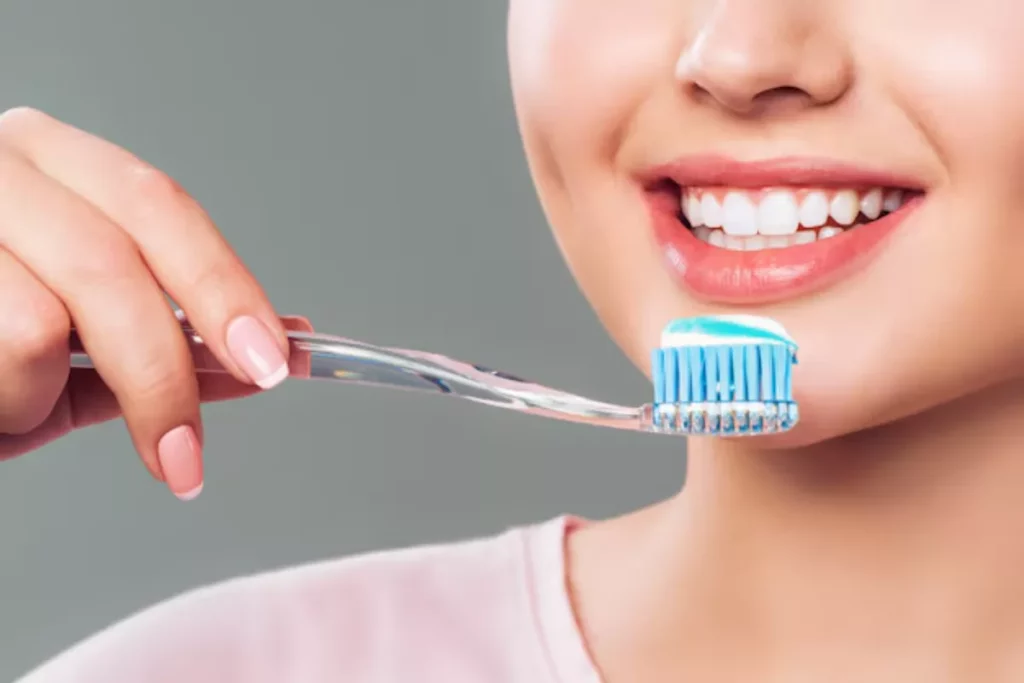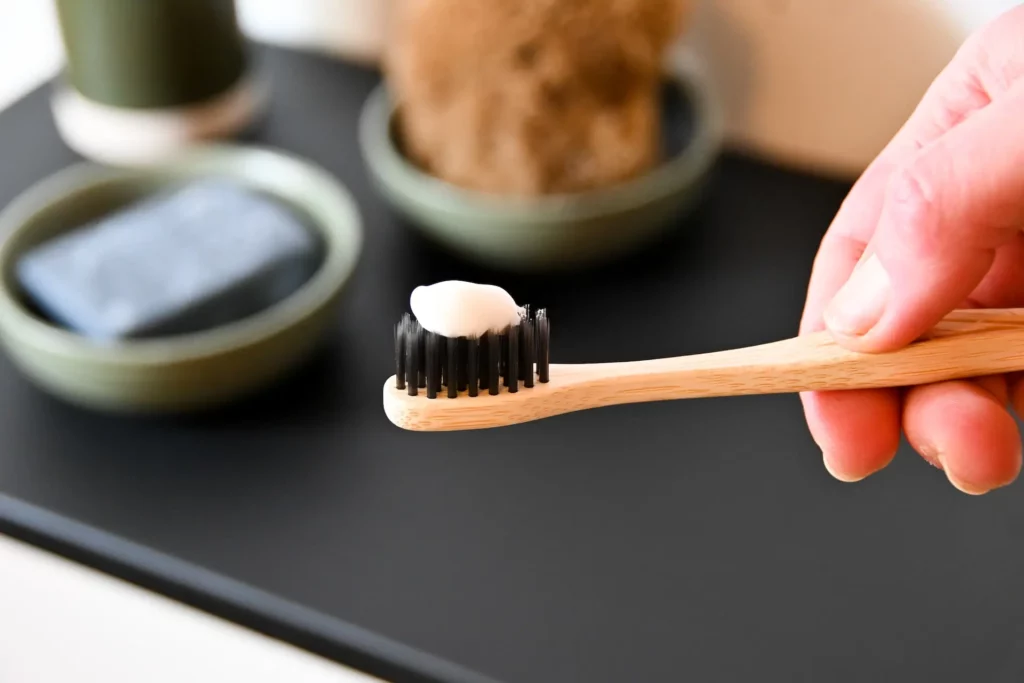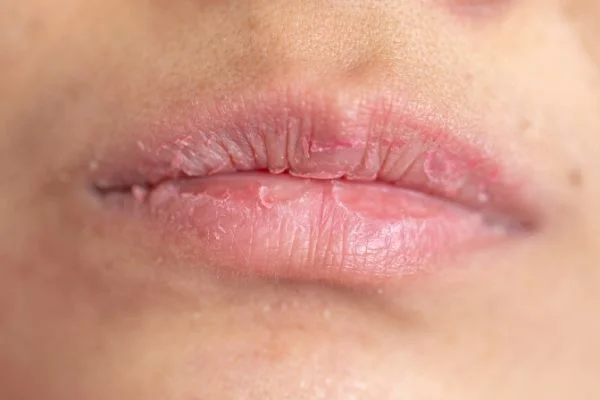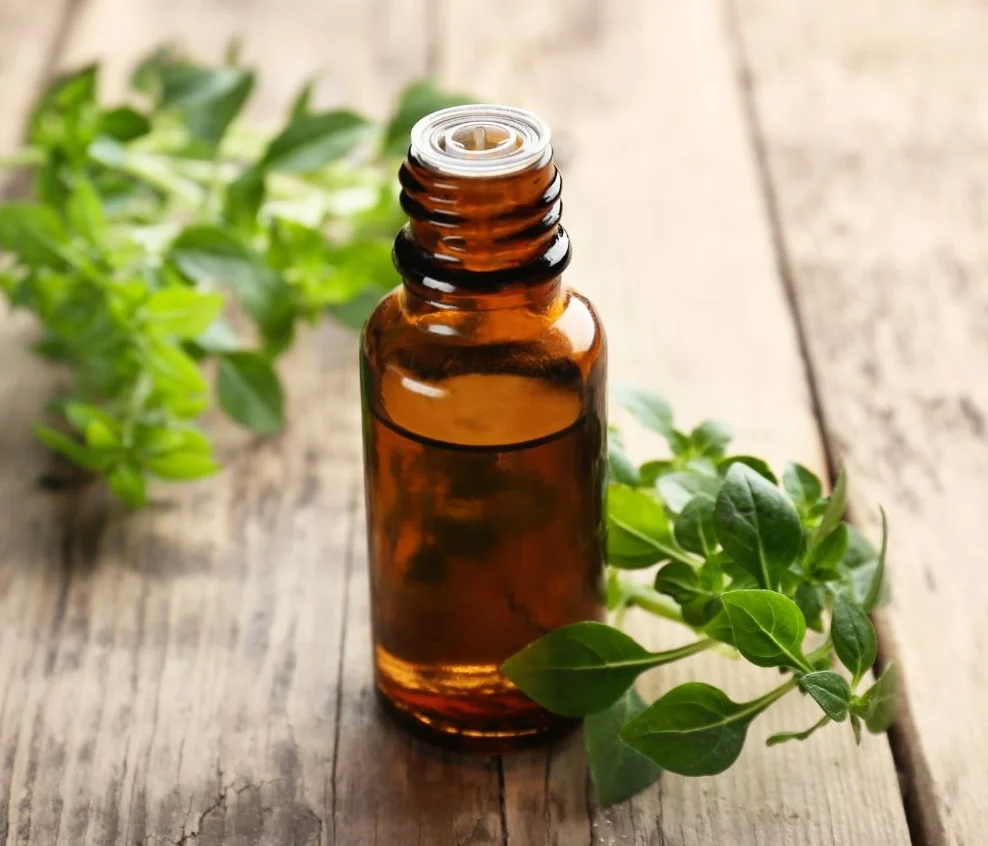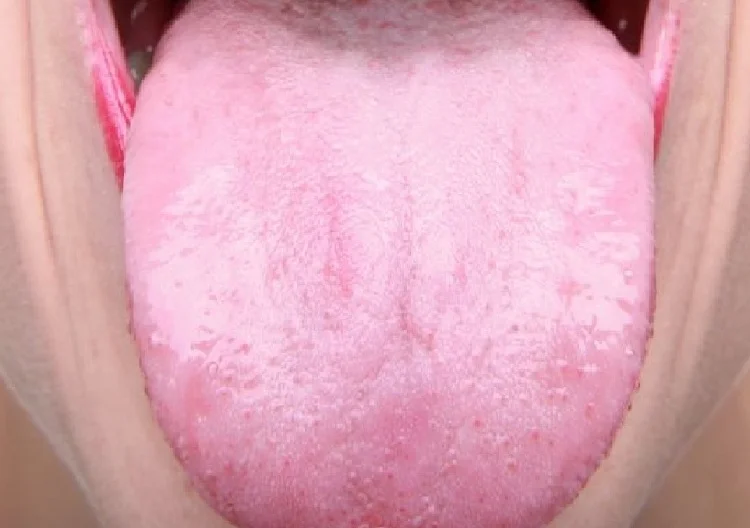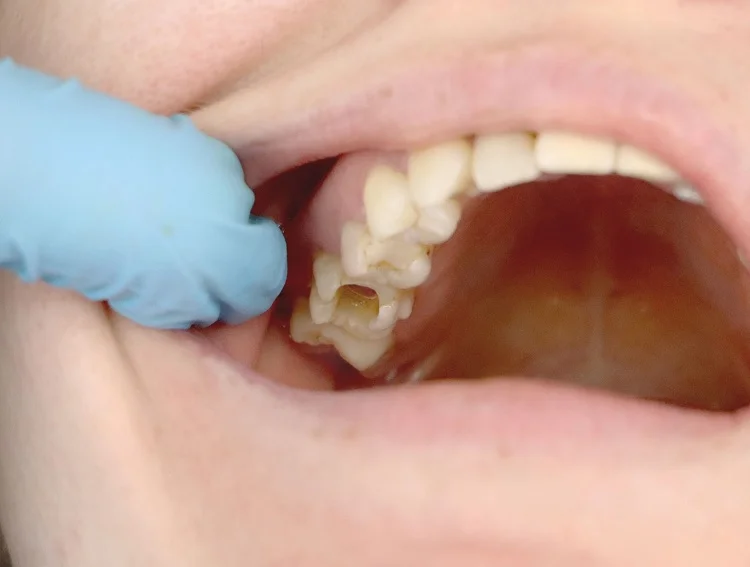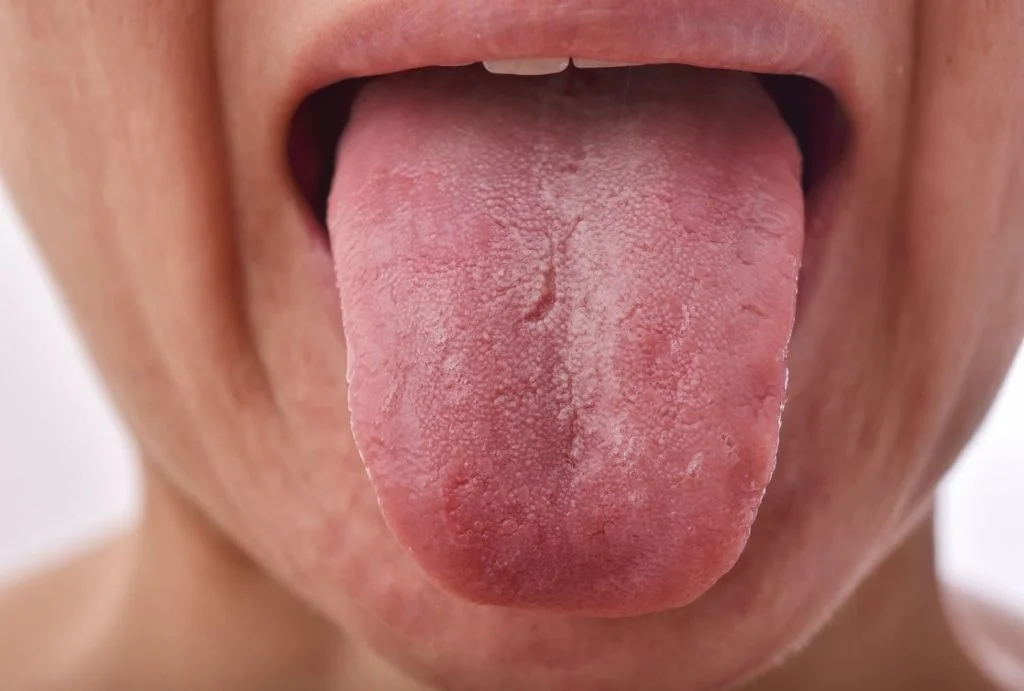Last Updated on: 19th September 2025, 12:29 pm
Horse teeth floating is the process of filing down sharp edges or uneven surfaces on a horse’s teeth. It’s needed to prevent pain, chewing problems, mouth sores, and weight loss caused by natural tooth wear and misalignment. Regular floating keeps your horse comfortable and able to eat properly.
Unlike human teeth, horse teeth continue to grow throughout their lives. As they chew, natural wear can lead to sharp ridges and uneven surfaces, making eating painful or inefficient. That’s why horse teeth need to be regularly filed or “floated” to maintain a smooth and balanced bite.
In this article, we’ll explore why horse teeth floating is important, how the procedure is done, and tips for maintaining good dental health throughout a horse’s life. Whether your horse is a high-performance athlete or a calm pasture companion, proper dental care ensures that they can chew, digest, and thrive without discomfort.
What is horse teeth floating?
Horse teeth floating is a routine dental procedure whereby a veterinarian or equine dental specialist uses a tool called a float to smooth out sharp points and uneven surfaces on a horse’s teeth.
Unlike humans, horses’ teeth continue to grow throughout their lives. As they chew, their teeth wear down unevenly, which can create sharp edges that hurt the cheeks or tongue and make eating painful or difficult.
Why do horses need their teeth floated?
Floating helps maintain a balanced bite and smooth chewing surfaces. This is a simple but powerful procedure that improves a horse’s comfort, digestion, and overall well-being.
Let’s see why it matters:
- Prevents painful cuts and ulcers: Sharp edges can cause sores, bleeding, or infections in the mouth by cutting into the cheeks or tongue.
- Improves chewing efficiency: Even tooth surfaces help the horse grind food into smaller pieces, aiding digestion and better nutrient absorption.
- Supports weight and digestion: Proper chewing reduces the risk of colic, choke, and poor feed utilization, helping to maintain a healthy weight and gut.
- Reduces behavioral issues: Mouth pain can make a horse toss its head, resist the bit, or ignore commands. Floating often improves these behaviors.
- Prevents long-term dental problems: If left untreated, uneven wear can lead to more serious dental issues like “wave mouth” or “step mouth,” which are harder to correct later.
Together, all these benefits aren’t just comfort; they improve the daily life of the horse, helping it to eat, perform, and feel well.
What are the risks of horse teeth floating?
Floating is safe when it’s done carefully, but like any procedure, there can be risks, especially if done incorrectly:
- Over-floating (excess removal of tooth): If too much tooth is removed, the horse may have trouble chewing, feel pain in the jaw, or not grind its food well.
- Sedation problems: Most horses are sedated to stay calm. Rarely, some may react badly, like fainting or having trouble breathing.
- Tooth damage: If a deep tooth hook is removed too fast or too much, it can break the tooth or expose sensitive parts inside.
- Infection: If the gums bleed and aren’t cleaned properly, there’s a small chance of infection.
To keep your horse safe, always use a licensed vet or specialist who uses proper tools and follows safety steps.
How often should a horse have its teeth floated?
Frequency depends on age, diet, activity, and previous dental history of the horse.
- Young horses (2-5 years): Every 6–12 months. Their teeth are still growing, and wear can become uneven quickly.
- Adult horses (6-15 years): Once a year is usually enough, unless the horse eats a rough diet or has past issues.
- Senior horses (16+ years): Every 6 months or even every 3 months. Older horses may have gum problems, missing teeth, or uneven wear that needs more frequent care.
What are the signs that your horse may need a dental check sooner?
Not all dental issues show up directly in the mouth. Many signs appear in your horse’s behavior or overall health. Recognizing these early clues will help you act before small problems turn into major ones.
Here are common signs that your horse may need a dental check sooner than scheduled:
- Changes in eating habits like tilting the head or chewing slowly.
- Dropping food or spitting out hay (known as quidding) can indicate uneven teeth or mouth pain.
- Undigested hay in manure suggests that the horse isn’t chewing properly.
- Bad breath, drooling, or nasal discharge could mean sores or infection inside the mouth.
- Refusing the bit or bridle: dental discomfort can lead to head tossing or neck stiffness.
- Weight loss despite a normal appetite, showing that chewing might be too painful or tiring.
- Chewing on one side only or visible neck tension, which may mean discomfort on a specific side of the mouth.
If you see any of these signs, call your vet. Early dental attention can prevent more serious issues like ulcers, tooth abscesses, and long-term chewing problems.
How is horse teeth floating performed? (step by step)
Horse teeth floating is usually done by a veterinarian or a certified equine dental technician. He uses special tools and follows some steps to ensure the horse is calm and comfortable during the process.
Sedation
- The horse is given light sedation (usually drugs like xylazine or detomidine, sometimes with butorphanol) to help it relax and remain still.
- This reduces stress and risk of injury for both horse and handler.
Oral rinse
- The horse’s mouth is rinsed with clean water to remove food and debris and to allow a better view of the teeth.
Placing and speculum
- A mouth speculum is gently placed to hold the mouth open during the procedure.
- The horse’s head rests on a spring-loaded headstand for support and comfort.
Full oral exam
The first thing that the vet does is to check for:
- sharp points, hooks, or wave patterns
- missing, broken, or extra teeth
- gum issues or ulcers
- retained baby teeth (caps)
In older horses, tools like dental mirrors or oral endoscopes may be used to inspect back teeth more closely.
Floating the teeth
The vet smooths and levels the teeth using:
- motorized floats (diamond-tipped and water-cooled tools) for quick grinding
- manual rasps (hand floats) for fine or delicate work
Each tooth is only floated for 1–2 seconds to avoid removing too much or exposing the inner pulp.
Final check
Once the procedure is done, the vet rechecks:
- the balance and alignment of the bite
- smoothness of all tooth surfaces
- gum health and side-to-side jaw motion
If there are deep hooks or overgrowths, extra visits may be required to make a new reduction and to avoid harming the tooth.
Horse teeth floating is a safe and routine procedure done by a trained professional. It helps prevent pain, improve chewing, and maintain long-term dental health in your horse.
What tools are used for horse teeth floating?
The main tools used are:
- Float/rasp: a manual or power tool to file down rough or overgrown areas.
- Mouth speculum: to hold the mouth open safely.
- Headstand: supports the horse’s head during the procedure.
- Irrigation syringes: to flush out debris and keep the mouth clean.
- Endoscope/mirror: helps view hard-to-see teeth, especially in the back.
- Sedatives: keep the horse calm and safe.
- Protective gear: goggles, gloves, and masks for the vet’s safety.
Can floating teeth improve behavior and performance?
Yes, dental pain often hides behind “nervous” or “stubborn” behavior. What looks like resistance may be discomfort. Here’s how floating helps:
- Removes cheek or tongue cuts caused by enamel hooks, which often result in head tossing or bridle resistance.
- Restores correct bite and chewing motion, improving bite feel and allowing smoother transitions and collected gaits.
- Reduces stress during training: Studies show horses tolerate motorized floating better, with less heart rate increase and less stress response compared to hand filing.
After proper floating, most owners notice calmer rides and better cooperation, even with horses previously labeled “difficult.”
How to support your horse’s dental health between floats?
Taking care of your horse’s teeth is necessary for their long-term health and comfort. Even between professional visits, there is a a lot you can do to support dental hygiene and comfort:
- Offer coarse hay or loose forage to encourage natural jaw movement and even wear. Haynets and slow feeders help replicate natural grazing and slow down the eating pace.
- Avoid highly processed feeds, like pellets or fine-grain mixes, which reduce chewing time and don’t help grind teeth naturally.
- Check the bit and bridle fit: Poorly-fitted tack can increase frustration and highlight dental pain.
- Do gentle mouth inspections with a dental pick to check for cuts or discomfort near the cheeks or gums, but only if you’re trained and the horse is calm.
Even if your horse seems fine, minor imbalances are easier and safer to fix early. Also, if you have a horse with previous dental issues, such as a wave mouth or missing teeth, schedule floating every 6 months to prevent recurrence.
Are there tools for horse dental care?
Yes, there are specific tools to maintain and support dental comfort at home, especially between professional checkups. These are some helpful options:
- Tackmaster USA equine teeth float rasp: a sturdy manual rasp for touching up small enamel points or caps between vet visits.
- Drop‑forged equine dental speculum: a stable mouth opener that allows safe access for visual checks or light maintenance.
- 3‑piece screw‑on float rasp set: includes angled rasps for reaching hooks or ramps in tight areas, ideal for touch‑ups with care.
- Haynet slow feeder solo: slows hay intake, encouraging more chewing and even wear across the mouth.
- Stainless steel dental pick tool: a slim tool to gently inspect cheek-line surfaces for signs of soreness or ulcers.
Always consult your veterinarian before using any dental tool yourself. Never attempt deep floating without professional training and proper sedation.
Conclusion
Why is horse teeth floating important?
Horse teeth floating is not a luxury; it’s an essential part of your horse’s health. Whether your horse is a pasture buddy or a sports athlete, regular dental care helps them chew without pain, stay in good shape, and feel better overall.
Don’t wait for signs of pain. Talk to your vet and plan regular dental checkups; remember that prevention is always the best choice.
Frequently Asked Questions
Is floating painful for the horse?
At what age should horses start getting dental checks?
Can I float my horse’s teeth myself?
Can horse teeth fix themselves naturally?
How long does teeth floating take?
Voice and Search (Q&A)
Can I ride my horse after dental floating?
Yes, but it’s best to wait at least 12–24 hours after sedation before riding. Your vet will tell you when it’s safe.
What age do horses start needing teeth floats?
Most horses start needing dental floats by age 2–3, but dental checks should begin as early as 1 year old.
How do I know if my horse needs a dental float?
If your horse is dropping food, losing weight, or resisting the bit, it may need a dental float. A vet can examine the mouth to be sure.
Share
References
1. Carmalt, J. L., Townsend, H. G. G., Janzen, E. D., Cymbaluk, N. F. (2025). Effect of dental floating on weight gain, body condition score, feed digestibility, and fecal particle size in pregnant mares. AVMA Journal. https://avmajournals.avma.org/view/journals/javma/225/12/javma.2004.225.1889.xml?tab_body=pdf
2. Center for Equine Health. (2011). Equine Dentistry: It’s Not Just Floating Anymore. UC Davis. https://ceh.vetmed.ucdavis.edu/sites/g/files/dgvnsk4536/files/local_resources/pdfs/pubs-HR29-4-bkm-sec.pdf
3. Schraer, K. (2024, December 17). Horse teeth floating: What it is and why it’s done. PetMD. https://www.petmd.com/horse/horse-teeth-floating
4. Starret, A. B. (2021). The Effect of Dental Floating on Nutrient Digestion in Non-Pregnant Quarter Horse Mares. Sam Houston State University. https://www.proquest.com/openview/a831d63bc5f9db996afbe5b309ab1fb8/1?pq-origsite=gscholar&cbl=18750&diss=y
5. Stewart, A. J. (2022). Dental Care of Horses. Veterinary Manual. https://www.msdvetmanual.com/management-and-nutrition/preventative-health-care-and-husbandry-of-horses/dental-care-of-horses
-
Dr. Yeidy Carolina Mesa [Author]
DDS Yeidy Carolina Mesa Passionate Dentist | Advocate for Accessible Oral Health Education Graduating from Universidad CES in 2022, I am a dedicated general dentist with a lifelong passion for helping others and making a meaningful impact in the world. My journey into dentistry began at the age of 7, inspired by my own experience with braces and overcoming a fear of the dentist. This personal journey shaped my mission to help patients conquer their own dental anxieties and embrace a healthier,...
View all postsRecent Posts



